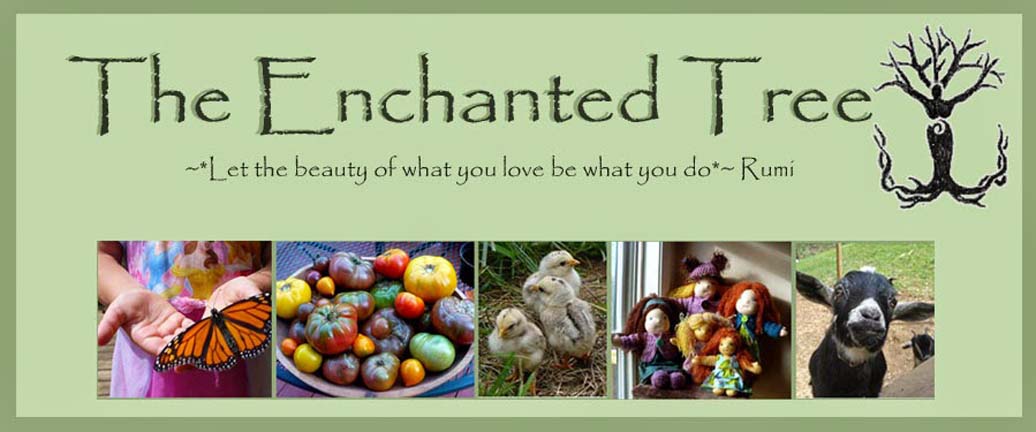Seed saving is easy and economical. i use to have quite a collection of saved seeds. Last year i had to start over with them, but was able to save a few. This year i'm trying to save seeds on as many plants as i can.
i save seeds on many of my flowers and vegetables. Not all plants are great for saving seed because many cross pollinate and some diseases can be carried in the seed.
Beans and peas are some of the easiest plants to collect seeds on making them perfect for those new to collecting seeds. They are mostly self pollinating so you don't have to worry about cross pollination.
This year i grew several varieties of beans. i grow some for harvesting fresh like green and yellow wax beans, and some to use as dry beans. Collecting seeds for them is the same.
This year, i grew Black beans, Soy beans and October beans as a dry beans. They are not harvested green in the pods, rather they are left to dry on the plants. Once the pods dry they can be picked and shelled. i like to allow the beans to air dry for a few days, and make sure they are completely dry before storing. i put aside some of the beans as seeds for next year and put them in a paper envelope, and store the others as you would any dried bean. i like to keep mine in canning jars in the pantry, though some folks prefer to keep them in the freezer. Like any dried beans, they have to be soaked before cooking.
Another favorite bean i like to grow is Scarlet and Sunset runners. i've grown Scarlet runner for many years, mainly as an ornamental plant to attract hummingbirds. Rather than harvesting the beans, i allow them to dry in the pods and save the seeds from year to year. This year, i grew Sunset runners which are similar but have a lovely peach color. They grew very well and produced lots of pods.
The young pods before the seeds develop can be picked and cooked like green beans, usually cut like french beans because they are quite large. The fresh green pods can be shelled once plump and the fresh bean seeds cooked, or the pods can be left on the plant until dry and then shelled and saved as seed and stored as dry beans. The flowers are also edible and can be used in salads.
In the photo above you can see the subtle color difference between the dried bean seeds and the fresh. The beans from the yellow and green pods are beautiful pink and purple. Once dried they darken slightly and shrink a bit. Always allow them to dry completely before storing.
i don't have any images of peas since my spring peas were done a month ago and my fall peas and just starting. However yesterday i came across some wild Sweet pea that was going to seed and i couldn't help but collect seeds on them. Collecting seeds on peas is the same as beans. After the flowers are finished, the pods will appear. Wait for them to dry completely and them shell them and store the seeds.
It's best to store your collected seeds in paper envelopes. In the past i've placed them in ziplock bags, but if you get one bean seed that isn't completely dry it will mold and cause them all to go bad. So i've found that staring them in envelopes is best.
Once you start collecting seeds it becomes a bit addictive.
Collecting seeds on Cucurbits (squash, cucumbers, melons) isn't advisable unless you are only planting one variety or have them spaced very far apart. If planted too close together they will cross pollinate. Tomatoes is another plant i do not collect seeds on. i like to grow heirlooms which are open pollinated, but i grow quite a variety and so i'd be afraid of cross pollination. Tomato seeds also have to be fermented, which seems like too much work and there are many tomato diseases that can be carried over through infected seed. So i prefer to stick with purchased tomato seeds that are guaranteed to be disease free.
As i collect more seeds through out the season i'll share instruction on collecting them. i look forward to building up my seed library again. As much as i love to buy seeds, it's also very rewarding to save your own seeds from year to year.




0 comments:
Post a Comment